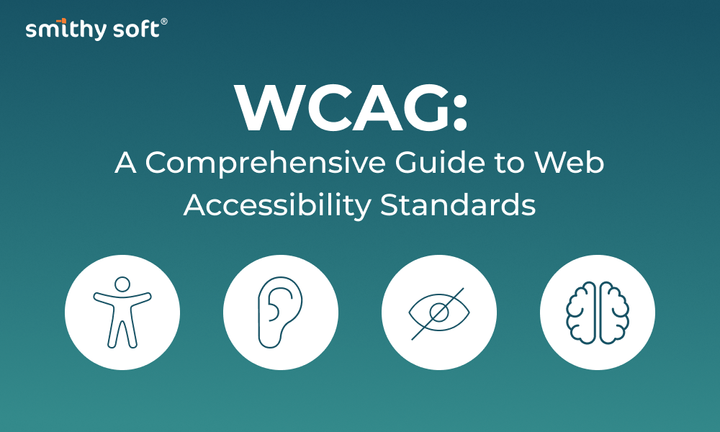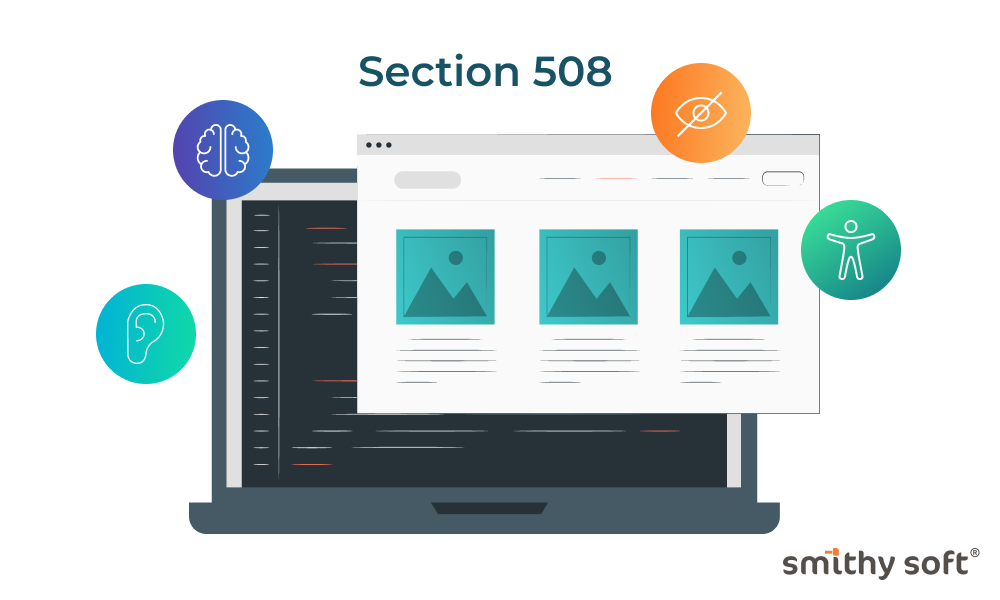Building a Product Roadmap in 2024: What You Need to Know

Without a roadmap, a travel plan, and a clear understanding of the final destination, you will drive aimlessly in different directions, wandering, burning a lot of gasoline, spending a lot of money, getting into various unpleasant situations, and are unlikely to succeed.
A roadmap for business works in a similar way – it is vital, it will help you get to your destination without complications. A product roadmap is not a to-do list or a wish list, it is a reliable “GPS” of your product's journey. And we'll tell you how to set it up correctly below.
Why is this especially important in 2024? Because the world around us is changing frantically, business conditions and competition are changing too, and products and technologies continue to evolve quickly and sometimes dramatically. In addition, advocates of the annual Product Roadmap review have only a few months before the end of the current year to develop and make changes for the next period. So don't waste your time!
What is a Product Roadmap?
A product roadmap is a strategic planning tool that defines the vision, direction, and priorities for product development over time. It ties together your strategy (the “why”), the work you'll need to do to achieve your goals (the “what”), and a timeline for execution (the “when”).
A roadmap is NOT a strategy, it is its visualization and concretization. It is thanks to it that your strategy will work.
Also, a roadmap is NOT a project plan. A roadmap defines the goals and maps out how you will achieve them. Based on the roadmap, a corresponding project plan is then created to reflect the step-by-step actions you will take to achieve each goal along your roadmap path.
“A product roadmap is a manifestation of your strategy and a guide to its execution,” says Johnny Chang, Senior Product Manager, at Google.
Why is a product roadmap important?
Because it visualizes how the product strategy becomes a reality, it also helps to provide insight into the evolution of the product and how it aligns with the business objectives.
Roadmaps help to make decisions, prioritize resources, and manage the development and maintenance of a product or service. They provide a shared common understanding of the vision, goals, and objectives for everyone in the company.
In addition, product roadmaps help companies avoid chaos, misunderstanding of priorities, and wasting resources on less important tasks. They are a lighthouse, a focus, and a guideline for everyone who brings a product to market.
Who creates a product roadmap?
Creating a product roadmap should be a team effort. However, the product management team or product manager is responsible for its creation and maintenance.
Ultimately, the product roadmap is the responsibility of the product manager. Thus, the PM will take on the role of the driving force in planning the roadmap.
The product manager leads the creation of the roadmap, however, developers, designers, sales, marketing, department heads, and business analysts should also be involved in developing a realistic, clear roadmap that the CEO of your organization must approve.
Types of Product Roadmaps
There are many different types of roadmaps and various formats that roadmaps can take. These include, for example, the following:
- Feature-based roadmap prioritizes features and initiatives based on their contribution to overall business value and customer satisfaction. They typically include a detailed breakdown of features, their priorities, and estimated release dates or timelines.
- Goal-oriented roadmap aligns product development efforts with specific goals or objectives, guiding the team to achieve the desired results. These roadmaps are seen as an alternative to feature-based roadmaps because they help your team focus on the features that will best help achieve your goals.
- Results-based product roadmaps align your product development with specific outcomes or desired results. They focus on the impact or value that the product should deliver to users or the business, rather than on specific features (which may or may not deliver value).
- The time-based roadmap outlines a schedule of feature delivery and milestones, helping teams plan and effectively allocate resources to meet project deadlines and goals. This roadmap type is useful for setting expectations and communicating deadlines to stakeholders.
- Now/Future/Later Roadmaps will categorize functions or initiatives into three distinct time frames: “Now” represents current or ongoing work, ‘Next’ refers to future priorities, and ‘Later’ indicates long-term or future initiatives. This type provides a simple and concise way to communicate priorities and sequencing.
- A technology roadmap outlines the strategic direction and evolution of technology in an organization, including hardware, software, and infrastructure upgrades to support business goals.
- The User Experience (UX) and User Interface (UI) aspects of the organization are the focus of the UX/UI roadmap. It describes the UX/UI enhancements, redesigns, and refinements planned for the product, along with the timing and impact on the user experience.
- A portfolio roadmap provides a comprehensive view of your organization's product landscape. It defines what, when, and how different products will evolve. Unlike individual product roadmaps, which focus on the path to a single product, a portfolio roadmap takes a holistic view and integrates the various product roadmaps into a single strategic direction.
- A capability roadmap prioritizes the development of key organizational assets, such as technology capabilities, process improvements, or cultural changes, that are needed to achieve strategic goals.
- The compliance roadmap defines the steps and timelines to ensure compliance with regulatory requirements. This includes compliance with industry standards, privacy, and security requirements.
- An agile product roadmap is a dynamic and flexible plan that adapts to meet the changing needs of the project as they arise. With short time frames, regular adjustments for component changes, and continuous programming testing, it allows teams to look forward to the next big thing with confidence.
How to build a Product Roadmap
Building a product roadmap is a complex and dynamic undertaking. The process starts with the strategy: you need to define the product goals and the initiatives that will be supported by your efforts. Once that is established, you can decide which releases and features best align with your strategy and map everything on a timeline.
- Define your audience
What you include in a product roadmap and how you display it really depends on who it's intended for. Possible audiences include your executives, customer support teams, sales teams, marketing teams, development teams, customers, etc. Each of these audiences may need different information. Make sure you understand who it's for so that you can design your roadmap correctly.
- Choose your focus
Essentially, a product roadmap is a timeline of your project. It shows how your product is progressing. Therefore, it is up to you to decide what exactly demonstrates progress for you. Choose your focus: when you complete a certain task or when you reach a certain goal, outline your final destination.
- Identify the products
List all the products your company offers. Don't forget about the Minimum Viable Product (MVP). For each product, understand its purpose, target audience, profit, and strategic importance. This will help you understand the role of your products in your overall business strategy.
- Prioritize initiatives and timeframes
For each product, identify the key features, new product enhancements, or initiatives you're going to implement. You can use frameworks such as MoSCoW (Must have, Should have, Could have, Won't have) or RICE (Reach, Impact, Confidence, Effort) to effectively prioritize. When developing a timeline for a product roadmap, indicate when each feature or initiative is expected to be implemented. Consider development efforts, dependencies, and market dynamics when setting the timeline.
- Visualize the roadmap
Now it's time to start creating your roadmap. Think about what style makes sense for your audience and what information you want to display. Make sure to include each important product, its goals, a timeline for achieving those goals, and the resources allocated. Use visuals to illustrate the interdependencies between different products, timelines, color coding, and icons to make your roadmap clear at a glance. Keep the design neat and centered on high-level objectives and milestones, minimizing excessive detail.
- Discuss
Share the roadmap with all relevant stakeholders, including your product teams, management, and even key customers if necessary. Perhaps new interesting items will appear on your map?
- Keep it updated!
The market scenario, customer preferences, and competitive landscape for your products will change over time. This means that your roadmap needs to change as well. Review and update your roadmap regularly to keep it relevant. Be prepared to make adjustments as needed based on performance, changes in strategy, or changes in the market.
CONCLUSIONS
Creating an effective product roadmap requires a deep understanding of your product, customers, and business goals. It's not the leader who assembles the roadmap, but the entire team. Involve them and stakeholders throughout the process, collect feedback and ideas, constantly add to your map, and update it.
A product roadmap is a living, dynamic document that should evolve with your business, requiring regular review and adjustment based on changing priorities, market conditions, or new ideas. Happy mapping!
The SmithySoft team can help you at every stage of creating your successful Product Roadmap. Contact Us!
FAQ
What is a product roadmap?
It is a vision, strategy, and plan for your business.
How often should I update my product roadmap?
It should be done regularly; a product roadmap needs to be updated to reflect changes in market dynamics, customer feedback, and internal priorities. As a general rule, it is recommended to review and update the roadmap on a quarterly or annual basis.
What is the difference between a product roadmap and a project plan?
A product roadmap focuses on defining the strategic direction and vision of the product, while a project plan delves into the specific tasks, resources, and timeframes required to achieve the project goals. A roadmap is a strategic document that is constantly updated, and a project plan is considered complete when a certain result is achieved.


